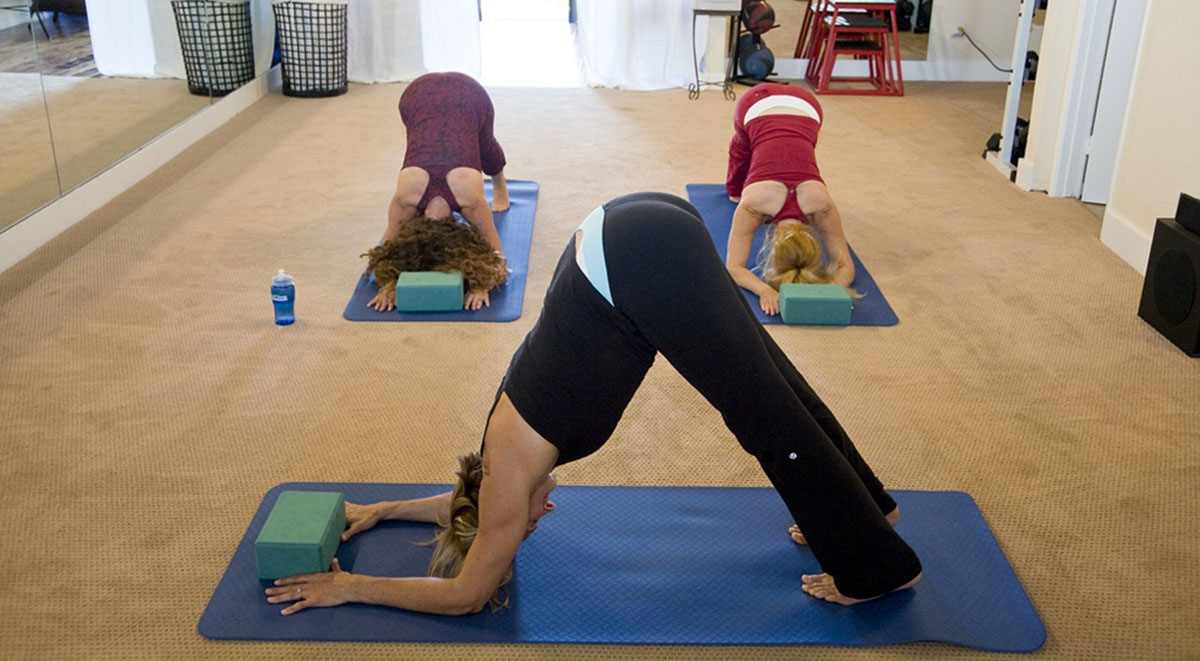Table of Contents
Static stretching isn't the only option to help you reach those goals. And it's far from the best one too.
Here are some alternatives:

Prevent Injury
Long term, an injury prevention strategy should focus on getting some 'spare strength,' so that you're slightly stronger than you need to be to do most of the things you're going to do. Think of it like a car engine: the speed limit may be 55, but that doesn't make it safe to drive on fast roads in a car that can only do 55 tops. You're not planning to speed, but the extra power translates to extra acceleration, safer overtaking and a safer journey. Strength is the same. For mechanoreception issues, train in a discipline that stresses movement quality and improve your control over the moves you do so you don't catch yourself at a bad angle.
In individual training sessions you should use a warm-up that includes both a basic cardio warm-up that raises core temperature and blood flow, and a skill-type warm-up that lets you practice the movements you're about to do at lower intensity, preparing the relevant muscles and getting you to move right at the same time.
Prevent DOMS
Sad to say, there really isn't very much good information on how to prevent muscle soreness. DOMS, particularly, is mysterious, since the reasons behind it aren't well understood either. Everyone has their favorite trick to treat DOMS, so ask around and you'll hear about pulsing temperature showers, ice baths, walking it off, concentric-only exercise, high-potassium diets and, yes, massage. 'It’s mostly a myth that DOMS can be effectively treated by massage…or anything else,' says registered massage practitioner and blogger Paul Ingraham. Unfortunately, 'medical science can barely even explain DOMS, let alone treat it.'
Increase Range of Motion
Passive stretching is far from the best way to increase range of motion. As we've seen, the idea behind using it for this is that you'll make your muscles longer, and then you'll be able to move them more. For instance, you stretch your hamstrings. Then your hamstrings resist your quadriceps and hip flexors less and you can kick higher. But kicking higher is active flexibility - it's mobility. And mobility is a skill, just like passive flexibility - and they're different skills. Stretching makes you good at stretching.
See Also: Warm Up Before Exercise And Relax Afterwards: Dynamic Warm-Ups Vs Static Stretching
Gradually working into an increased range of motion is the best way to improve range of motion, and in most cases doing it actively and under a load will result in greater ROM gains.
If you'd like more detail on anything we've discussed today, or you have something you'd like to add, use the comments box below!
- Photo courtesy of Tony Alter by Flickr : www.flickr.com/photos/78428166@N00/13678728083
- Photo courtesy of marymccraft by Pixabay : pixabay.com/en/yoga-downward-dog-exercise-263673/
- Shrier I., Stretching before exercise does not reduce the risk of local muscle injury: a critical review of the clinical and basic science literature. http://www.ncbi.nlm.nih.gov/pubmed/10593217
- Lund et al., The effect of passive stretching on delayed onset muscle soreness, and other detrimental effects following eccentric exercise. http://www.ncbi.nlm.nih.gov/pubmed/9764443
- Weppler and Magnusson, Increasing Muscle Extensibility: A Matter of Increasing Length or Modifying Sensation? http://ptjournal.apta.org/content/90/3/438.long
- Ingrahams, Paul, Delayed-Onset Muscle Soreness, http://saveyourself.ca/articles/delayed-onset-muscle-soreness.php


Your thoughts on this